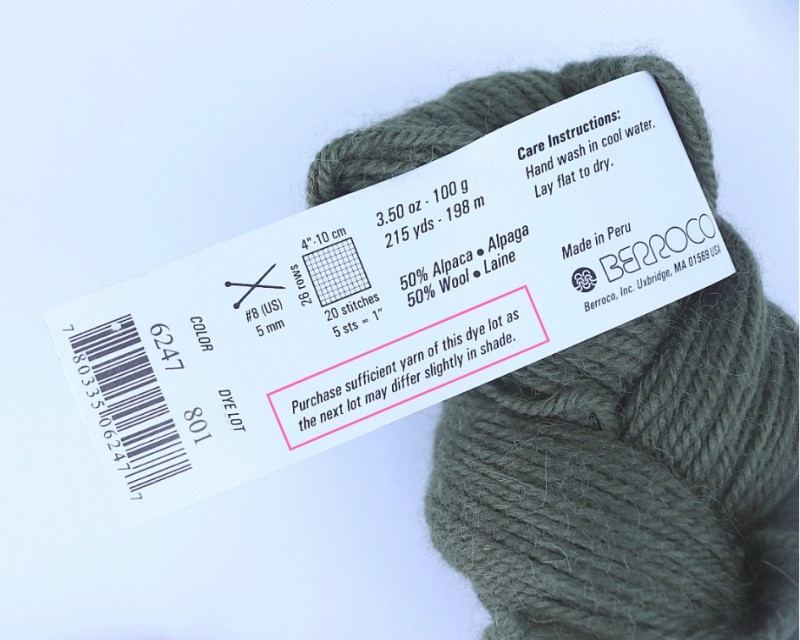Choosing the Right Yarn for Knitting and Crocheting


Understanding Yarn Selection
In most cases, the yarn is selected by color, thickness, and length of the thread. However, you should also pay attention to the quality of the yarn and its composition, as this will impact the ease of working with it, the longevity of the product, and whether it will retain its color and shape.
To choose the yarn that best meets the requirements, knowledge of the properties of the fibers that make up the yarn will help.The fiber composition of the yarn is always indicated on the labels as a percentage. For summer clothes, it is better to use cotton, linen, silk fibers, and viscose. For warm clothes, wool and acrylic are recommended.
Yarn Length and Thickness
The designation on the label 100g / 200m indicates that for 100 g of yarn, the length of the thread is 200 m. The larger the meter per 100 grams, the thinner the thread. In order to roughly navigate the thickness of the yarn, you need to know the following:
- Thick yarn: less than 120m / 100g
- Average thickness: 120 to 300m / 100g
- Thin yarn: more than 300m / 100g
Keep in mind that the weight of the yarn depends not only on its thickness but also on the composition. For example, the thickness of the yarn made from light fibers, such as fluff, will be greater than that from heavier fibers like coarse wool.
Yarn Label Designation
The labels usually indicate the number of yarn, expressed as a fractional number, for example, 32/2. The numerator indicates the thickness of the yarn (the diameter of its cross-section), and the denominator indicates the number of threads from which the yarn is twisted. For hand knitting, it is better not to use a thread that is tightly twisted, as this can warp the fabric and affect the final appearance of the pattern.
Checking if crochet yarn is suitable is very easy. You need to rewind a sufficiently long thread, fold it in half, and hold it in a hanging position. If the thread immediately twists, it is definitely not worth using; however, if it does not twist, you can knit it without concerns. Please ensure that the yarn is as even as possible in thickness, uniform, and strong enough.
Knitting Density and Yarn Quantity
To ensure the optimal presentation of the product and calculate the cost of knitting one product, the label of the yarn for knitting indicates the number of loops vertically and horizontally per 10 cm of knitted fabric. Next to the knitting density, or directly in the square indicating the knitting density, the number of needles or hook in millimeters that are recommended for knitting is also specified.
The amount of yarn needed depends on the style of the product, size, and pattern (for instance, lace requires much less thread than a dense pattern with braids or bulk elastic). Additionally, the quality of the yarn itself affects the amount required (the fuzzier and weaker twisted the yarn is, the less you will use).
When purchasing threads for a specific product, it is advisable to buy a little more to avoid needing to change the style or pattern later due to a lack of yarn. Don't forget to pay attention to the care symbols and follow them once the product is finished.
